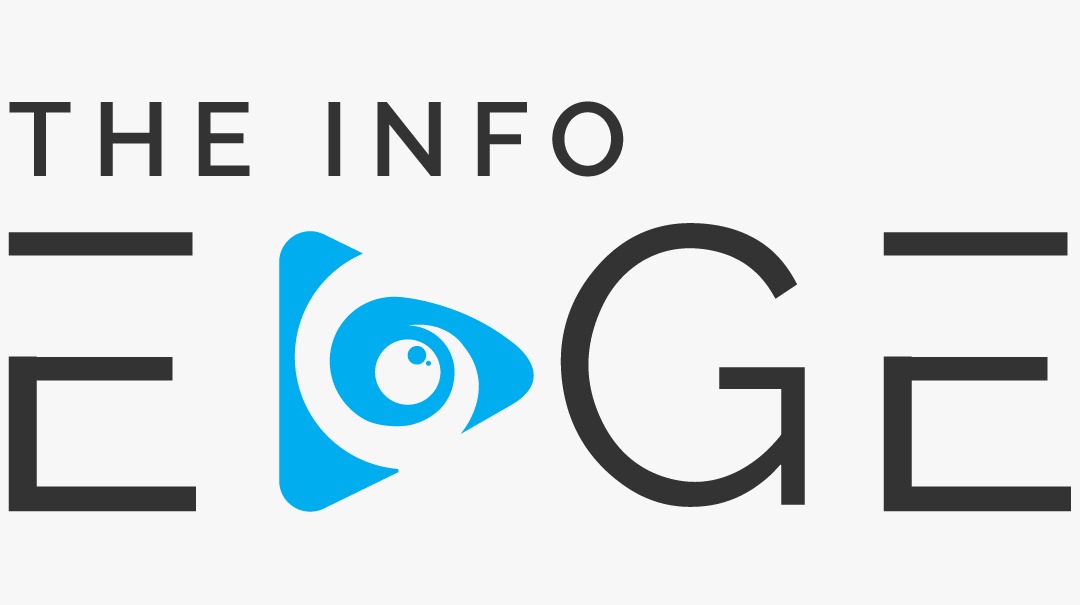The State of Observability 2024 Report Reveals How Observability Drives Greater Innovation and ROI, with Leaders Achieving a 2.6x Return on their Investment
October 24, 2024 – Splunk, the cybersecurity and observability leader, today released The State of Observability 2024 report in collaboration with Enterprise Strategy Group (ESG). This global study examines the role of observability within today’s increasingly complex IT environments and rising customer expectations. The report highlights how observability has evolved into a competitive differentiator, with observability leaders achieving a 2.6x annual return on their investments across areas like operational efficiency and uptime. These organisations resolve issues faster, boost developer productivity, control costs and improve customer satisfaction. Due to such benefits, 86% of all respondents plan to increase their observability investments. The fourth annual report, based on a survey of 1,850 ITOps and developers, provides the industry’s most comprehensive analysis on the observability industry.
The makeup of a leading observability practice
Leading observability practices don’t just happen — they’re strategically built. The report outlines a new maturity framework that consists of four stages of observability sophistication: foundational visibility; guided insights; proactive response and unified workflows. Based on this framework, respondents were placed into one of four stages of observability maturity: “Beginning” organisations (45%); “Emerging” organisations (27%); “Evolving” organisations (17%); and lastly, “Leading” organisations or “Leaders” (11%).
Leaders resolve issues quicker, reducing the impact of downtime
By adopting a leading observability practice, an organisation can understand their entire digital footprint and reduce the impacts of downtime. Sixty-eight percent of leading organisations say they’re aware of application problems within minutes or seconds of an outage – 2.8 times faster than the rate of beginning organisations. Leading organisations estimate 80% of alerts are legitimate, in contrast to 54% from beginning organisations, providing greater certainty and reducing time spent on resolving false alarms. This difference in accuracy and response time is significant as customer expectations for seamless and secure digital experiences are at an all-time high. Research shows downtime can dilute customer loyalty and damage public perception.
Speed gives leading organisations an edge in software development velocity. Seventy-six percent of leaders deploy the majority of their application code on demand, in contrast to 30% of beginners. In addition, developers in leading organisations spend 38% more of their time on innovation than beginning organisations, which means having to spend less time on toilsome work like troubleshooting and triaging incidents. It’s clear that for leading organisations, increased developer productivity and output drive profitability.
“Building a leading observability practice means being obsessed with delivering incredible digital experiences to your customers, and embedding that mindset into every decision,” said Patrick Lin, Senior Vice President and General Manager, Observability at Splunk. “Our report shows this mindset pays off. Leaders not only achieve greater success in mitigating downtime, they also see greater developer innovation and speed.”
OpenTelemetry is the bedrock to a successful observability practice
OpenTelemetry, an open-source, industry-standard for collecting data, is becoming more widely adopted. The Cloud Native Computing Foundation (CNCF) project gives organisations control over their data and alleviates vendor lock-in. The report highlights how OpenTelemetry is the foundation of an effective observability practice, with 58% saying their observability solution relies on OpenTelemetry.
- OpenTelmetry signifies innovation and resilience, with 78% of leaders embracing the open-source standard and 57% experiencing lower observability costs.
- OpenTelemetry offers unparalleled flexibility. 72% of leaders embrace OpenTelemetry to access a broader ecosystem of technologies, and 65% say the open-source project facilitates better control and ownership of data.
AI elevates operational efficiency
Using AI and ML (machine learning) within observability is table stakes. Nearly all survey respondents (97%) use AI and/or ML-powered systems to enhance their observability operations — a significant jump from 66% of respondents surveyed last year. Through AI and ML’s abilities to analyse and process large volumes of data to detect anomalies, identify root causes, recommend actions and automate tasks, teams get the insight they need more rapidly.
- 57% of respondents agree the volume of alerts they receive is problematic. Leaders experience far less alert noise, with 85% remediating half or more of their alerts due to recommendations from AI/ML-powered tools. In stark contrast, only 16% of beginning organisations say the same.
- 65% of leaders lean on AIOps to pinpoint and remediate the root cause of incidents with greater intelligence and automation.
Platform engineering ushers in the DevOps future
Platform engineering is driving and enhancing the developer experience, with 73% of respondents practicing it extensively. At its core, platform engineering embodies an approach where software engineers utilise common toolchains, workflows and self-service platforms, so they can spend less time managing their tools and focus more on pushing new, innovative products to market. This discipline comes at a welcome time for over extended ITOps and engineering teams as 66% of respondents say critical staff have left in the past year due to burnout.
- Organisations with dedicated teams to the practice are seeing the payoffs. When asked to rank their top three platform engineering outcomes, 55% of respondents say increased IT operations efficiency, 42% say improved application performance and 40% say increased developer productivity.
- 58% of leaders view platform engineering as a competitive differentiator.
For more insights on the State of Observability 2024 report, please visit here or check out our blog.
Methodology
The global survey was conducted in May and June 2024 in partnership with the Enterprise Strategy Group. The report surveyed 1,850 ITOps staff, managers and executives, in addition to developers, engineers, architects and SREs from organisations with 500 or more full-time employees and who are knowledgeable about their organisation’s observability practice. The survey respondents were drawn from 10 countries: Australia, France, Germany, Italy, India, Japan, New Zealand, Singapore, the United Kingdom, and the United States. They also represented 16 industries: aerospace and defence, business services, consumer packaged goods, education, financial services, government, healthcare, life sciences, manufacturing, technology, media, oil/gas, retail/wholesale, telecom, transportation/logistics, and utilities.



